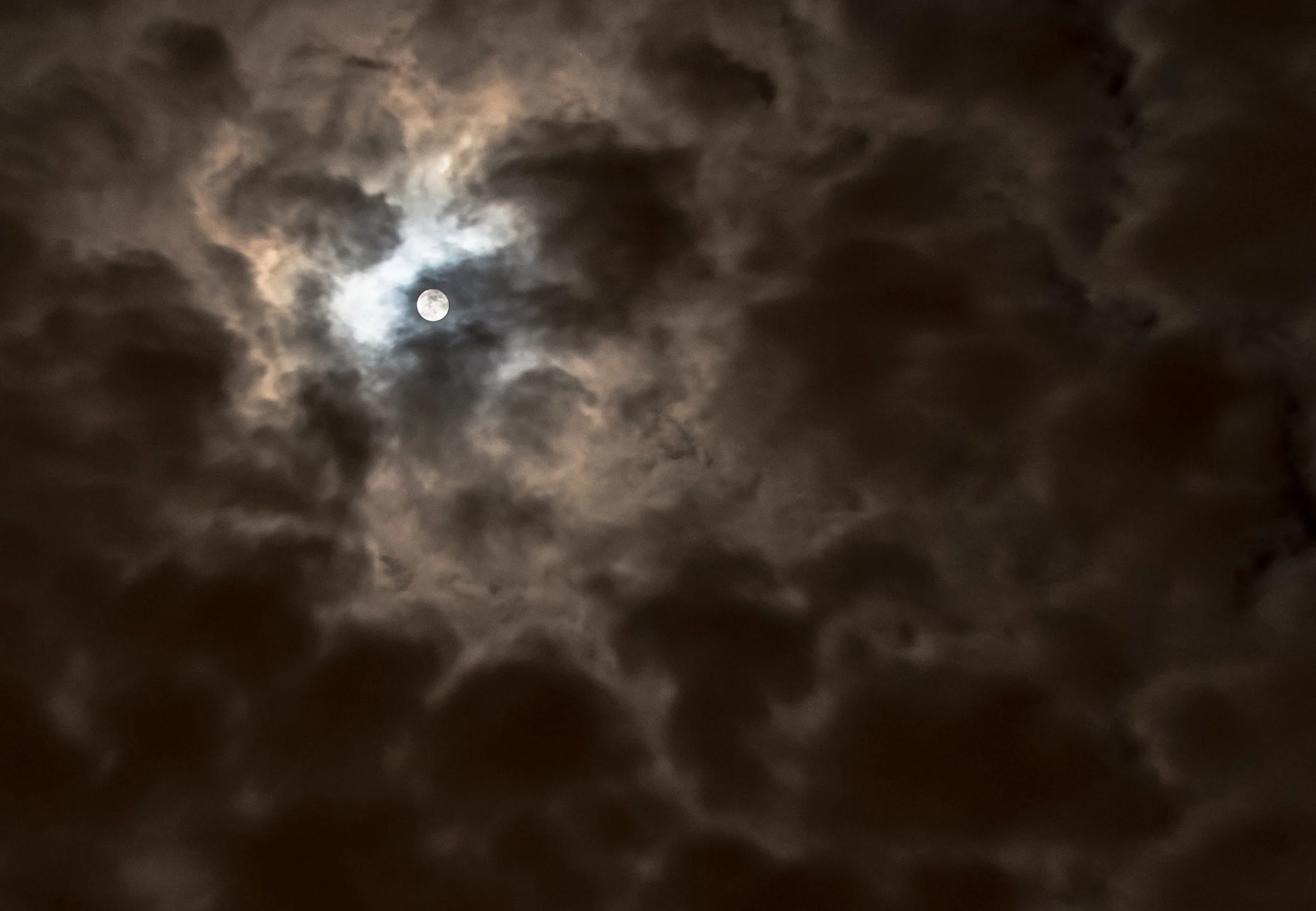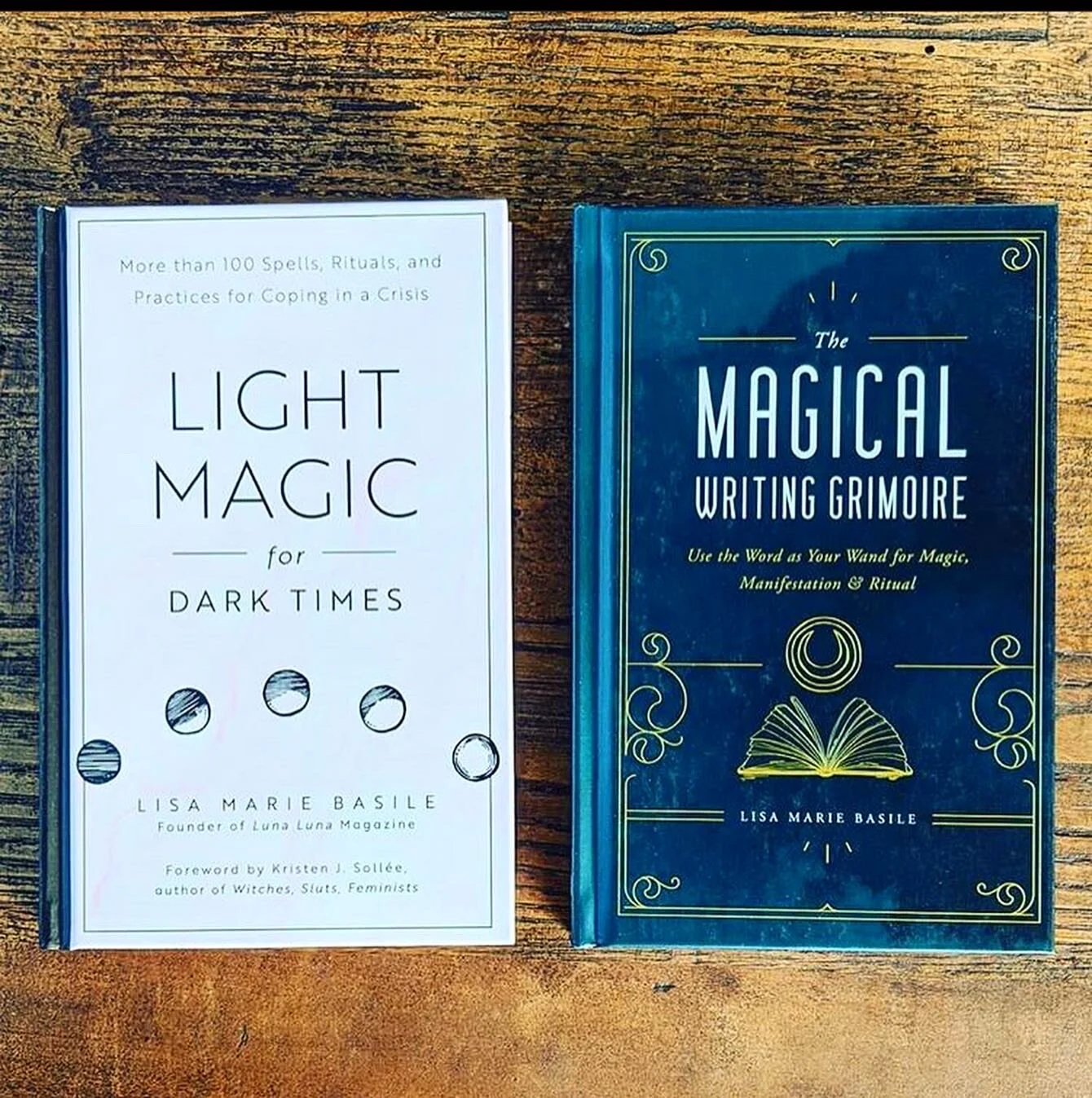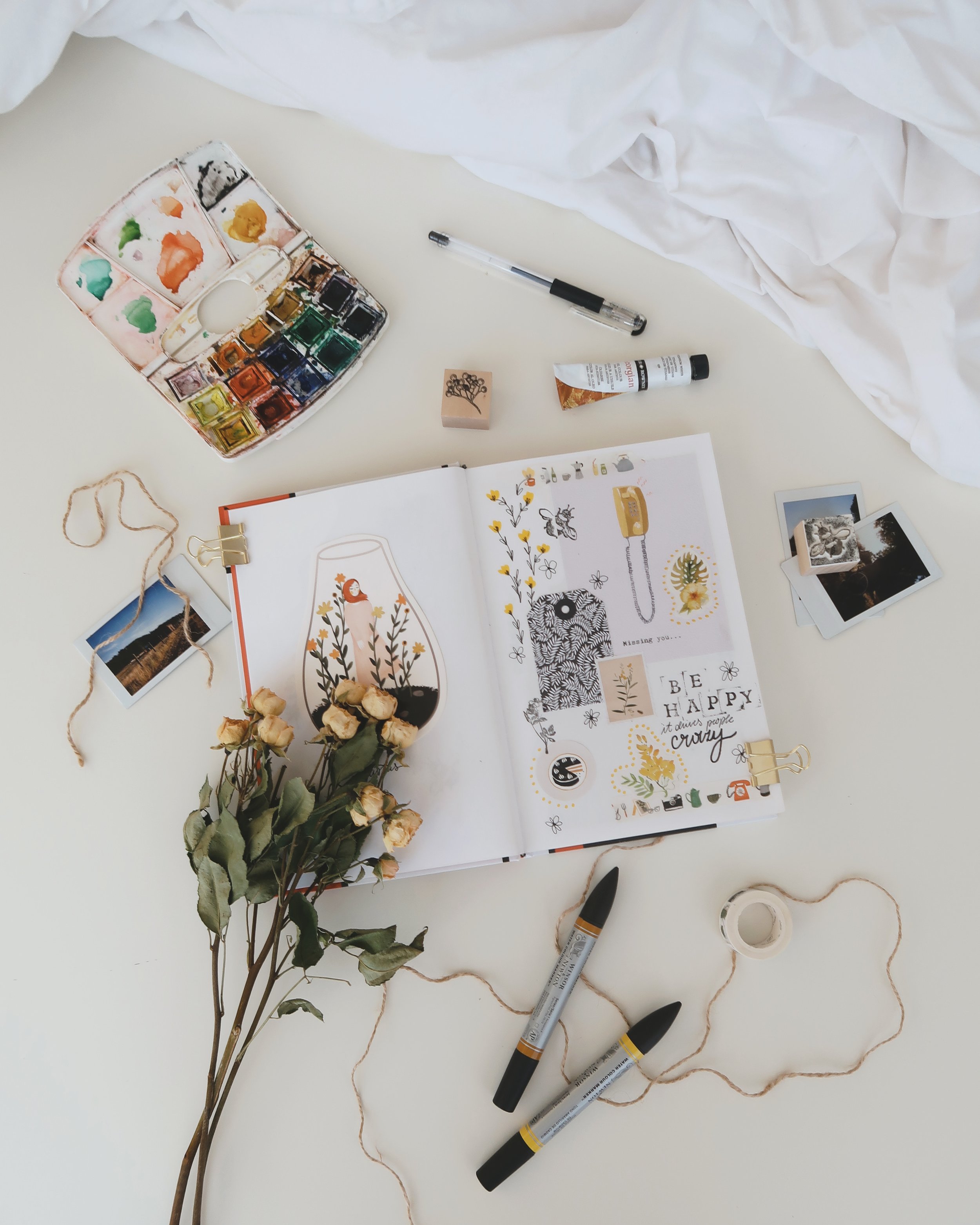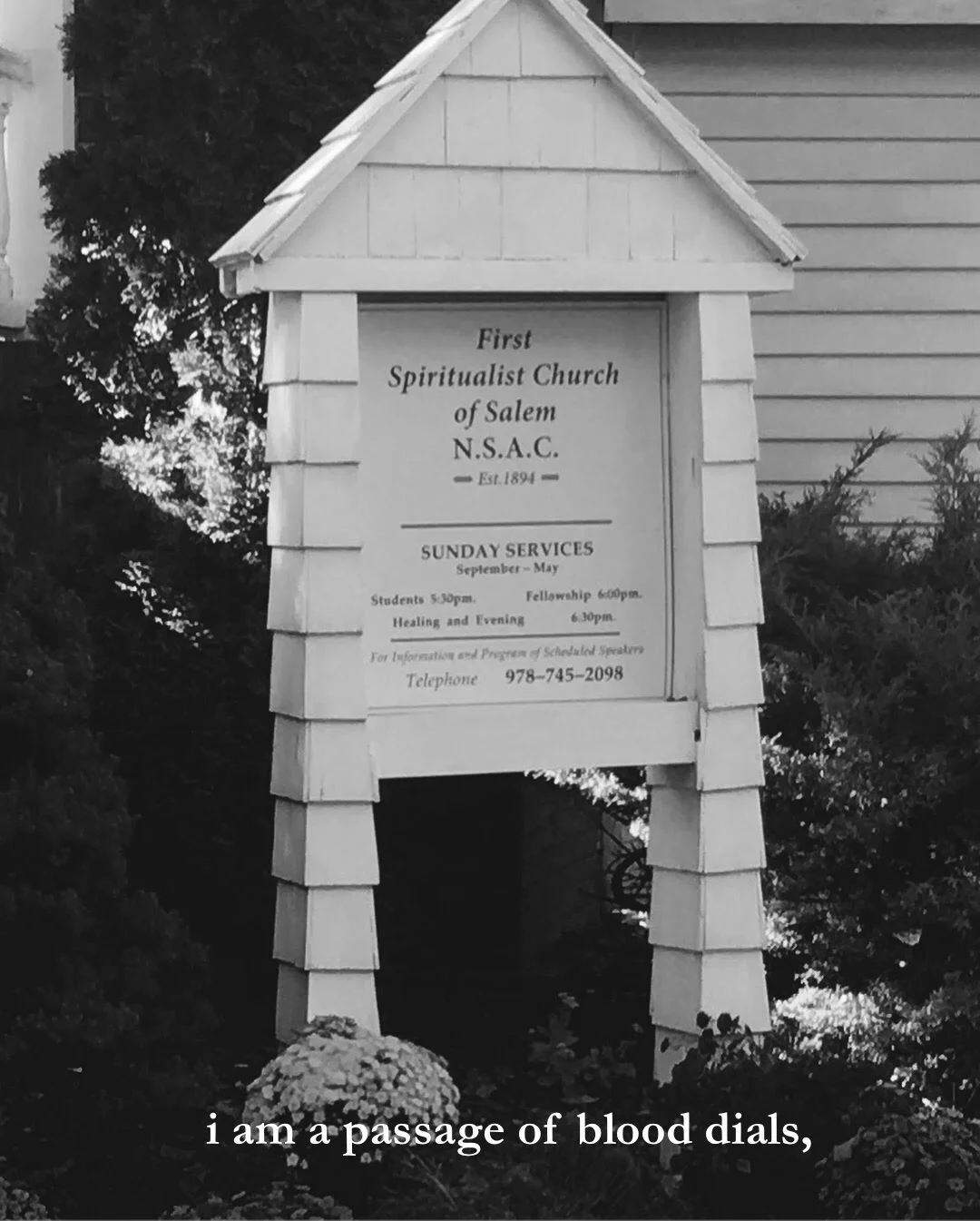BY MACEY LAVOIE
We all have seen it: on Halloween night, a gaggle of witches gambit about, either hunting for treats or off to a party. October is the month when you sport a pointed hat and smile, even say an incantation or two, all in the holiday spirit. But here is something to think about - witchcraft is not exclusive to October. People around the world have begun to embrace the term “witch” in their everyday lives.
We all know of the witch hysteria that happened in Salem, Massachusetts, and we also know that a majority of those executed probably never attempted witchcraft in their lives. They were simply marked as different and that was enough to send them to the noose. Luckily we no longer live in those times and you can’t be accused of witchcraft simply because your neighbor said so. However, that wasn’t the first time women (and one man) were killed under the accusation of witchcraft.
Let’s be honest here, despite the fascination everyone has with witchcraft and magic, if you express a general interest in practicing, you receive odd looks at best. Some think you are doing it to get attention, some believe your so-called religion is a hoax, and others call what you do “Satan’s work,” which is by no means a compliment. Since the Middle Ages witches, women that did not fit the societal standard, have been feared and sent to burn. The famous Joan of Arc, a woman who led the French in battle, was captured and burned at the stake for witchcraft before she turned twenty.
In there lies the problem with witchcraft - its encouragement of female empowerment. While men are known and encouraged to participate in the craft as well, it is predominantly female-led. In recent years more people have begun to explore “witchcraft” in tarot cards and other occult tools. You can easily find them in bookstores and other common places.
Witchcraft focuses on the worship of the goddess, though they have gods too, and nature. It revolves around a kind of power that doesn’t bow to social norms and is expressed as being within. It seems to promote power in women in particular, which can be scary to a patriarchal world and something that has been suppressed for generations. Modern day witchcraft has nothing to do with cursing or killing. In fact, one of the first rules is to harm none. In fact, back in the day a lot of women accused of witchcraft were merely successful in endeavors not fit for women. A lot of the accused witches were women who used herbs and natural remedies to cure ailments. As medicine became a more professional field, studied and dominated by men, the use of healing women became taboo.
In some areas of the world, women are still accused and killed for witchcraft. This is common in places such as Papua New Guinea and Nepal. There is even an Anti-Witchcraft unit in the religious police department of Saudi Arabia that is tasked with rooting out and killing condemned witches. Although this sounds like it’s something out of a story, it’s very real.
While some corners of the world still fear and harm witches, things are starting to look up. Wicca is seen as a legitimate religious practice around the world and pop culture is slowly redefining the whole ugly evil witch label. Today we have great examples of kickass role model witches such as “the brightest witch of her age” Hermione Granger and other witches in Harry Potter, the entire coven from American Horror Story in its third season and the sisters of Charmed.
There is renewed hope for the witches of the world and if you feel you connect with that world, then you have the potential to explore it. Remember - we are the granddaughters of the witches they weren’t able to burn.






























